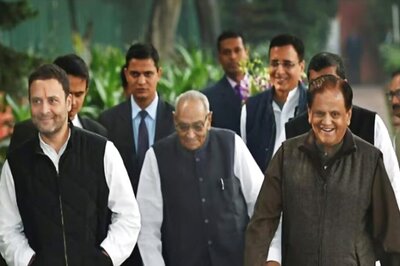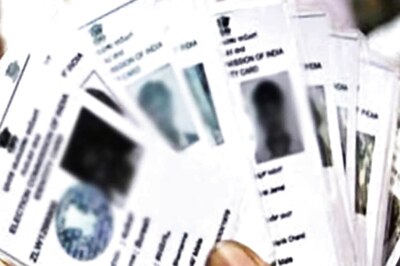
views
Washington: Pakistan-based LeT could only be reined in by the concurrent Indo-US action and reduction in American aid to Islamabad, says a new research based on the computational analysis of terror attacks.
"The results do not imply that the US and India need to coordinate actions - just that the actions need to occur over an overlapping period of time that is sufficiently long to convince both the Pakistani military and the LeT that
terrorist actions will not pay," says Indian-origin Computer Science Professor V S Subrahmanian from Laboratory for Computational Cultural Dynamics, University of Maryland, which carried out the analysis.
In order to understand how terrorism from groups such as LeT can be reduced, a team of researchers under Subrahmanian developed a number of mathematical models, including stochastic opponent modeling agents and multi-player game
theoretic models.
The research team studied five entities - the US, India, Pakistani military (including the ISI), Pakistani civilian government (not including the military or ISI), and Lashkar e Taiba, the university said in a press release.
The researchers looked for Nash equilibria, named after Nobel-prize winning economist John Nash, whose life was immortalised in the Oscar-winning movie, A Beautiful Mind.
Intuitively, Nash equilibria specify situations where no entity involved in the game theoretic model can 'do better' without upsetting another agency.
"We did not find a single Nash equilibrium in which LeT exhibits good behaviour in which the US expands financial aid to Pakistan," said Subrahmanian, who went on to remark that this is consistent with the recent decision by the Obama administration to cut $ 800 million in military aid to Pakistan.
"In addition to the results about trimming financial aid to Pakistan, we also found that there was not a single Nash equilibrium in which LeT exhibits good behaviour in which both the US and India did not concurrently take either covert
action against LeT and/or exercise coercive diplomacy toward Pakistan," said John Dickerson, a University of Maryland scientist.
In addition to researching LeT, the University of Maryland team has used its data mining algorithms to learn models of the behaviour of other terror groups in the Indian sub-continent, such as Jaish-e-Mohammed and the Indian Mujahideen.
"Though it is too early to identify the perpetrators of the (July 13) Mumbai attacks, computational models and algorithms can help decision-makers shape improved counter-terrorism strategies and policies for threat reduction," Subrahmanian said.
The results of the research would be published in two forthcoming papers, accepted for publication at the 2011 European Conference on Intelligence Security Informatics and the 2011 Open Source Intelligence Conference in September 2011.




















Comments
0 comment